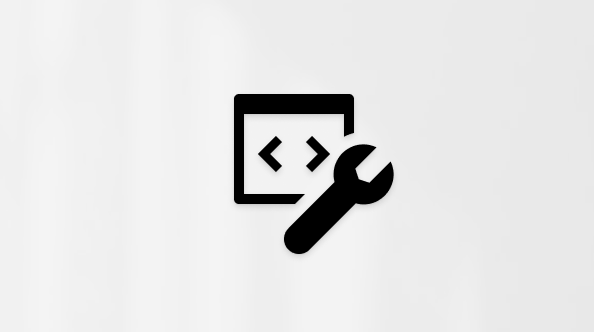Introduction
This article describes hotfix rollup 2848805 that is available for the Microsoft .NET Framework 2.0 Service Pack 2 (SP2). For more information about the issue that the hotfix resolves, see the "More information" section.
This hotfix rollup is available for the following operating systems:
-
Windows 8
-
Windows Server 2012
More Information
Hotfix Information
A supported hotfix is now available from Microsoft. However, it is intended to correct only the problem that this article describes. Apply it only to systems that are experiencing this specific problem.
To resolve this problem, contact Microsoft Customer Support Services to obtain the hotfix. For a complete list of Microsoft Customer Support Services telephone numbers and information about support costs, visit the following Microsoft website:
http://support.microsoft.com/contactus/?ws=supportNote In special cases, charges that are ordinarily incurred for support calls may be canceled if a Microsoft Support Professional determines that a specific update will resolve your problem. The usual support costs will apply to additional support questions and issues that do not qualify for the specific update in question.
Prerequisites
To apply this hotfix, you must have the .NET Framework 2.0 SP2 installed.
Restart requirement
You have to restart the computer after you apply this hotfix if any affected files are being used. We recommend that you close all .NET Framework-based applications before you apply this hotfix.
Hotfix replacement information
This hotfix package does not replace a previously released hotfix package.
The global version of this hotfix has the file attributes (or later file attributes) that are listed in the following table. The dates and times for these files are listed in Coordinated Universal Time (UTC). When you view the file information, it is converted to local time. To find the difference between UTC and local time, use the Time Zone tab in the Date and Time item in Control Panel.
For all supported x86-based versions of Windows 8
|
File name |
File version |
File size |
Date |
Time |
|---|---|---|---|---|
|
system.data.sqlxml.dll |
2.0.50727.7029 |
745,472 |
23-May-2013 |
22:05 |
|
system.xml.dll |
2.0.50727.7029 |
2,052,096 |
23-May-2013 |
22:05 |
For all supported x64-based versions of Windows 8 and Windows Server 2012
|
File name |
File version |
File size |
Date |
Time |
|---|---|---|---|---|
|
system.data.sqlxml.dll |
2.0.50727.7029 |
745,472 |
24-May-2013 |
00:20 |
|
system.xml.dll |
2.0.50727.7029 |
2,052,096 |
24-May-2013 |
00:20 |
|
system.data.sqlxml.dll |
2.0.50727.7029 |
745,472 |
23-May-2013 |
22:05 |
|
system.xml.dll |
2.0.50727.7029 |
2,052,096 |
23-May-2013 |
22:05 |
Issues that this hotfix rollup resolvesAn application that is created by using .NET Framework 2.0 may crash under a heavy load, and the following exception occurs:
Exception type: System.InvalidOperationException
Message: Hashtable insert failed. Load factor too high
Note The exception occurs near the top of the following call stack:
-
System.Xml.Serialization.DynamicAssemblies.IsTypeDynamic










